From ancient philosophers to modern-day pranksters, some people have truly gone above and beyond to redefine the art of trolling. These historical figures, driven by wit and mischief, pulled off stunts that were outrageous, clever, and sometimes incredibly daring. Here are 20 iconic trolls, in no particular order, who left an unforgettable mark on history.
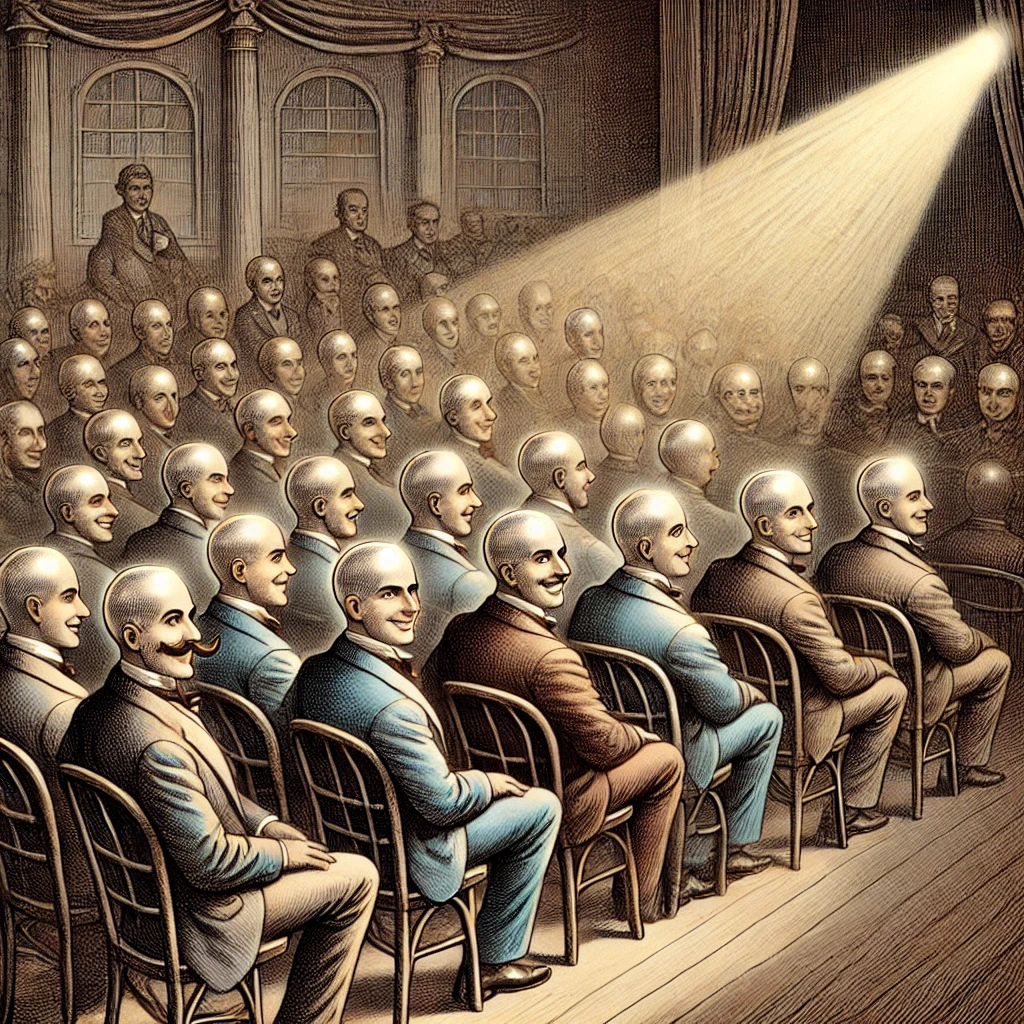
1. Horace de Vere Cole: The Bald Heads Theater Prank
Horace de Vere Cole was infamous for his elaborate pranks. In one of his best-known stunts, he gave theater tickets to bald men he encountered on the street and arranged them so that, under the lights, their shiny heads spelled out a rude word for the audience to see. Among his other antics, he once convinced Londoners that he was walking around with a cow’s udder poking through his pants—a “scandalous sight” that caused quite the stir.
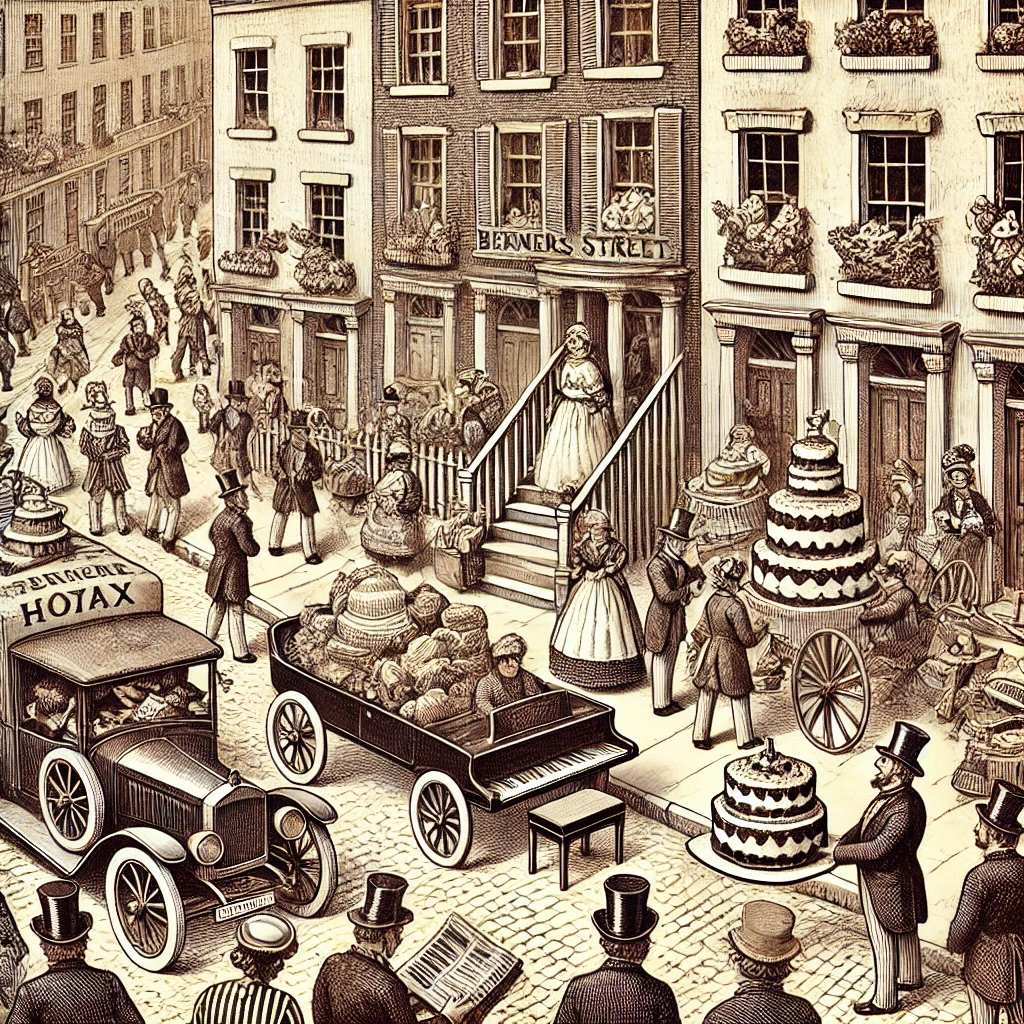
2. Theodore Hook: The Berners Street Hoax
In 1810, Theodore Hook pulled off one of the grandest pranks ever. He sent out letters requesting deliveries and visits from dignitaries, wedding cakes, and even pianos—all to a random woman’s home on Berners Street. By noon, the street was so packed with visitors that London’s traffic was disrupted. Hook watched the mayhem from a nearby house, delighted by the spectacle he had created.
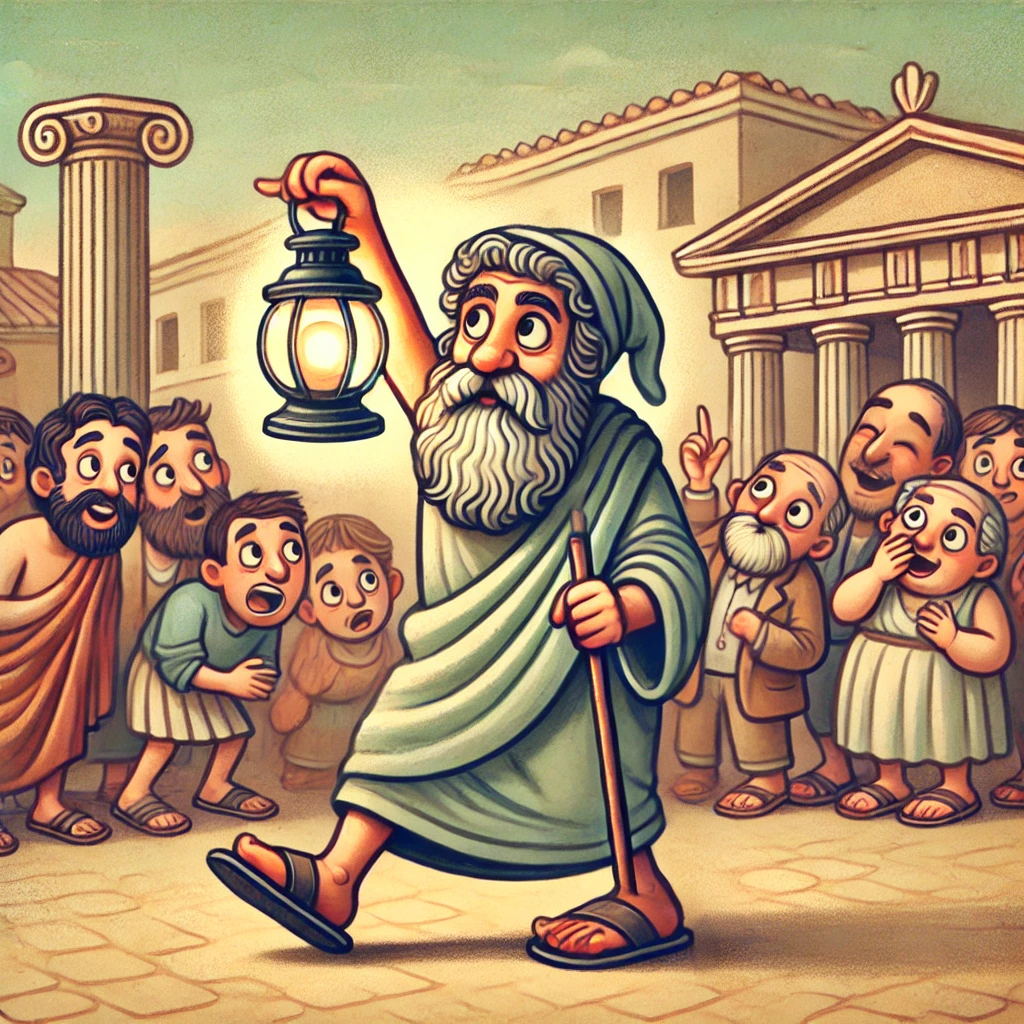
3. Diogenes the Cynic: Ancient Philosophy’s Greatest Troll
Diogenes, an ancient Greek philosopher, enjoyed challenging societal norms. He carried a lantern through Athens during the day, claiming he was searching for an “honest man.” When Alexander the Great asked him if he wanted anything, Diogenes responded with, “Yes, step aside; you’re blocking my sunlight.” He even mocked Plato’s definition of a human as a “featherless biped” by presenting a plucked chicken and saying, “Behold, a man!”
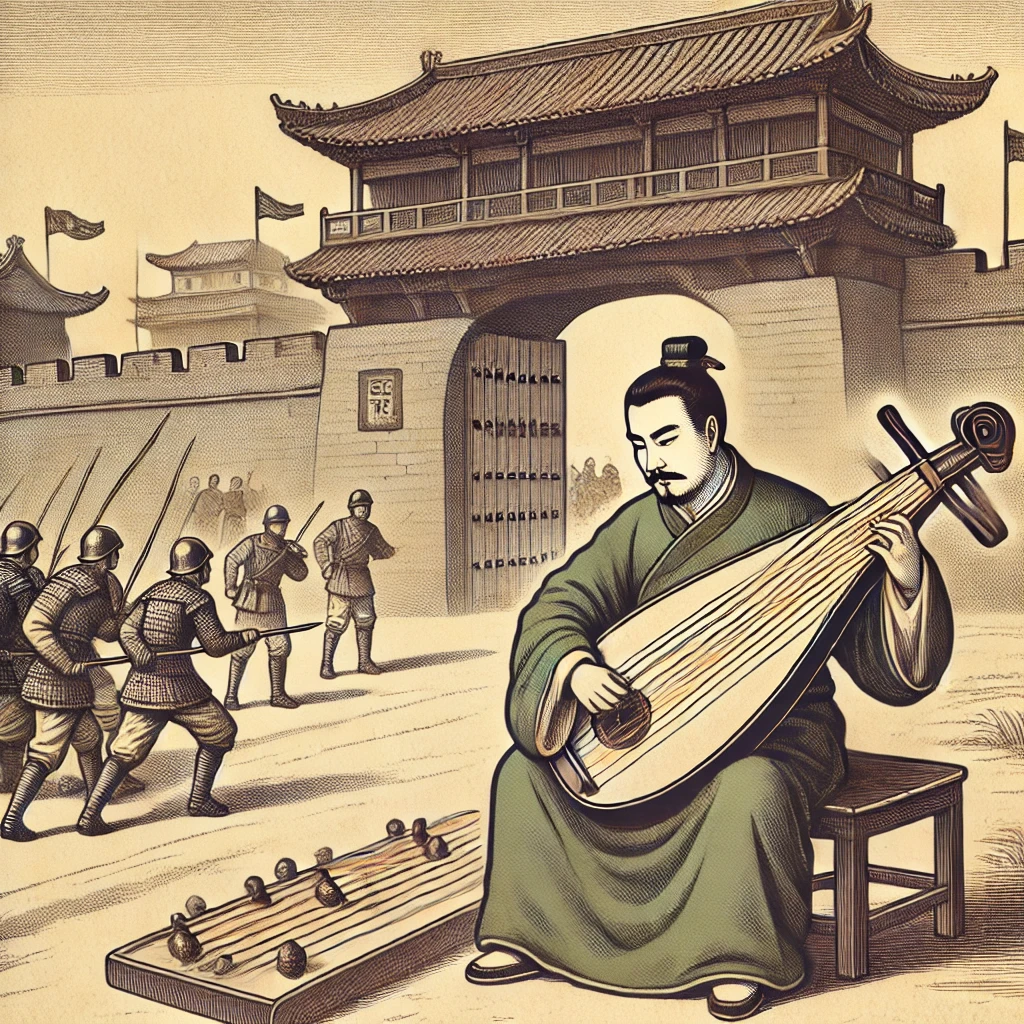
4. Zhuge Liang and the Empty Fort Strategy
Chinese strategist Zhuge Liang once employed an unusual tactic during the Three Kingdoms era. When facing a superior army, he left his city gates open and calmly sat at the entrance, playing his guqin (a Chinese string instrument). The enemy, assuming it was a trap, retreated. Zhuge’s tactic became famous as the “Empty Fort Strategy,” demonstrating how audacity can sometimes be the best defense.
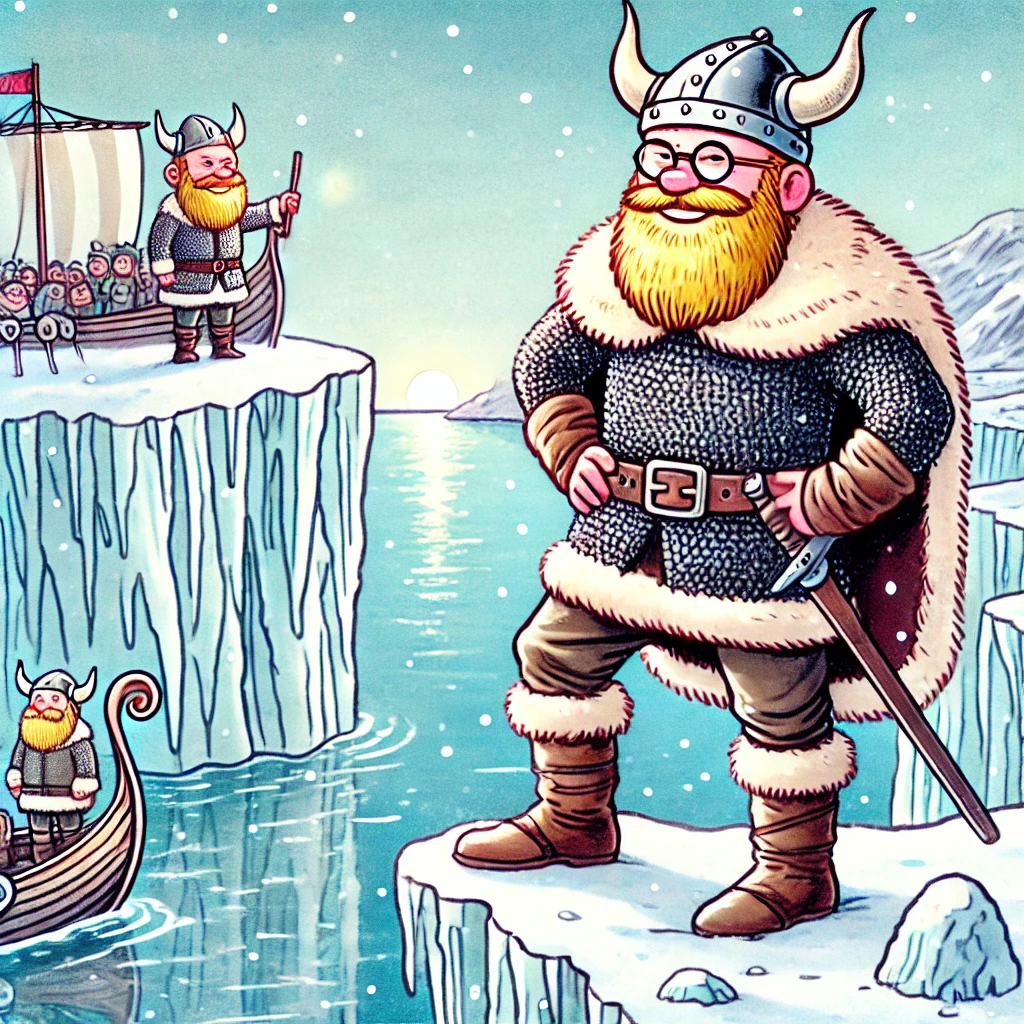
5. Erik the Red and the “Green” Land
When Viking explorer Erik the Red found a frigid, icy territory, he wanted to encourage settlers to join him. So, he named it “Greenland” in an attempt to make it sound more appealing. His plan worked, and settlers were drawn to the area, perhaps a bit disappointed by the landscape but too far in to turn back.
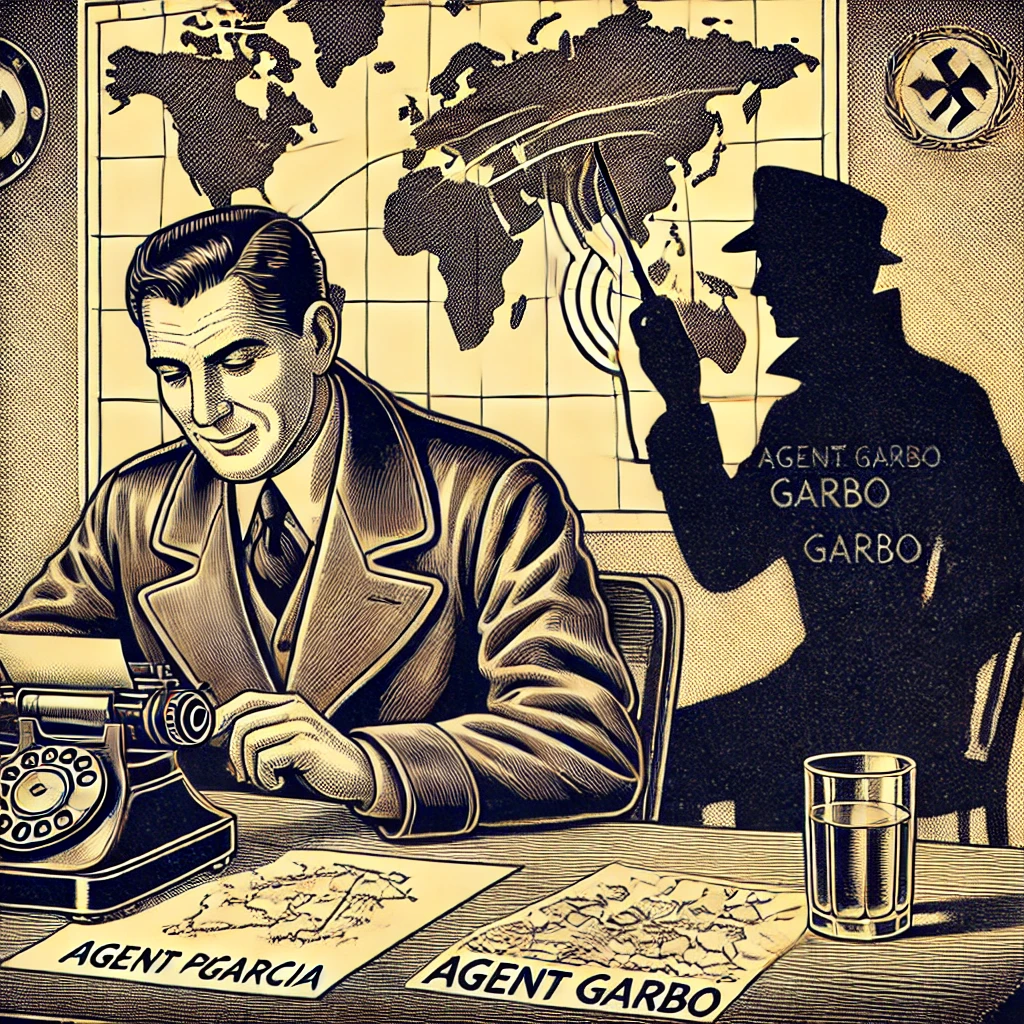
6. Agent Garbo’s Fake Spy Network
During WWII, Juan Pujol Garcia, known as Agent Garbo, convinced Germany that he was one of their best spies. While actually working for the British, he sent them fake information and invented a network of sub-agents to back up his tales. He even convinced the Germans that D-Day was a feint, helping the Allies succeed in Normandy. Germany awarded him an Iron Cross for his “contributions,” completely unaware of his double-agent status.
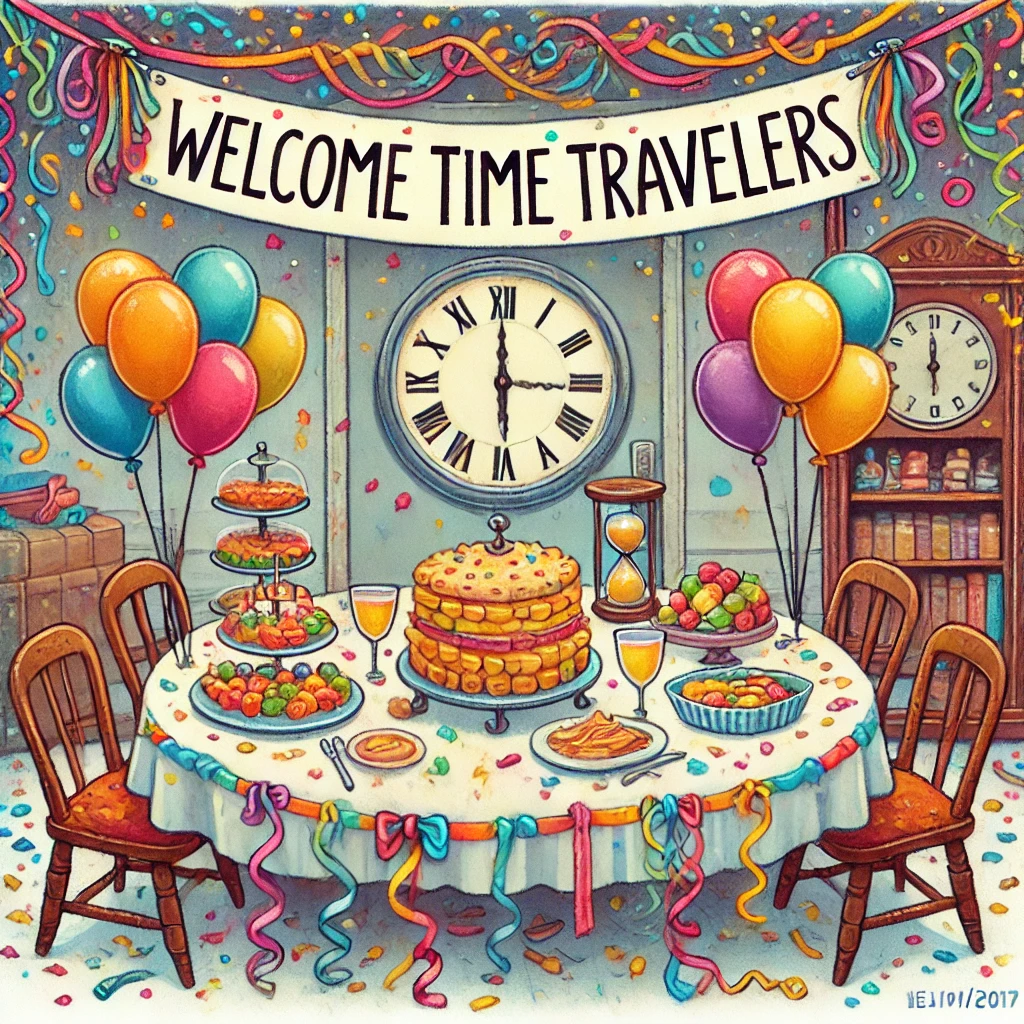
7. Stephen Hawking’s Time Traveler Party
Renowned physicist Stephen Hawking hosted a “time traveler party” but only advertised it after it had already happened. His goal? To see if anyone from the future would attend. While no one showed up, the event showcased Hawking’s witty way of engaging with scientific ideas and his playful take on theoretical possibilities.

8. Porky Bickar and the Mount Edgecumbe Volcano Hoax
On April Fools’ Day in 1974, prankster Porky Bickar hauled 70 old tires to the top of Mount Edgecumbe, a dormant volcano in Alaska, and set them on fire to create the illusion of an eruption. Smoke billowed into the sky, and panicked residents believed the volcano was active. The Coast Guard was even called to investigate.

9. The Shed at Dulwich: London’s Fake No. 1 Restaurant
British writer Oobah Butler created a fictional restaurant, “The Shed at Dulwich,” as a social experiment. Through carefully curated reviews and staged photos, he made his nonexistent restaurant rise to the top of TripAdvisor’s London rankings. When people finally caught on, they discovered that “The Shed” was actually Butler’s backyard, serving microwave meals.

10. Michelangelo’s Cheeky Sistine Chapel Frescoes
Michelangelo found a way to immortalize his mischievous spirit in his art. Commissioned to paint the Sistine Chapel, he added numerous figures with bare posteriors and even painted one of his critics, a Vatican official, as a character in hell. When the official complained to the Pope, he responded that his “jurisdiction did not extend to hell.”
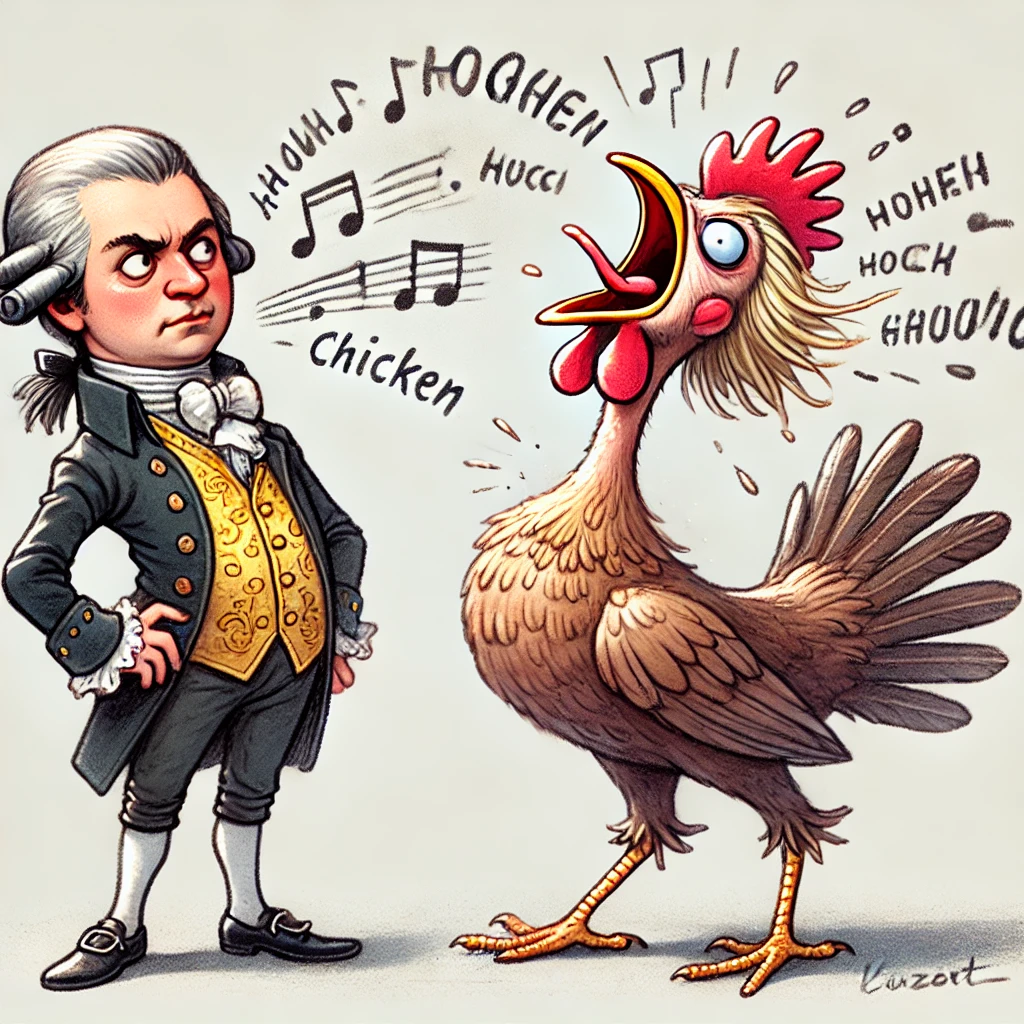
11. Mozart’s “Chicken” Opera Singer
The composer Wolfgang Amadeus Mozart once wrote an opera with high and low notes intentionally arranged so that a singer he disliked would bob her head up and down like a chicken. His musical “revenge” is still remembered as one of history’s most unique methods of trolling.
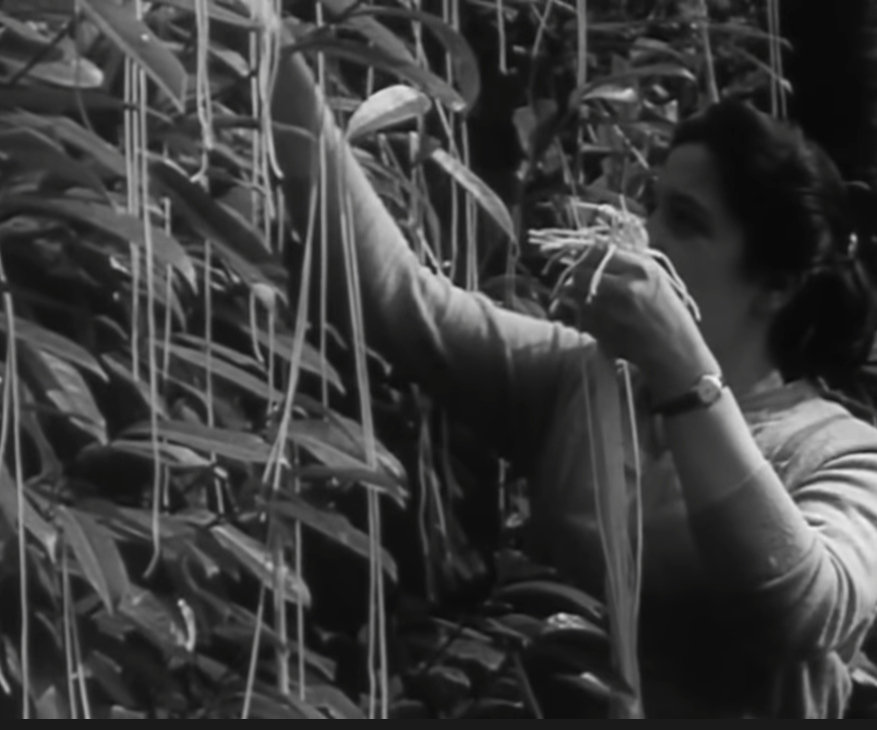
12. The Great Spaghetti Tree Hoax
In 1957, the BBC aired a spoof documentary showing “spaghetti trees” in Switzerland. They claimed the crop was in great shape due to mild weather and a lack of “spaghetti weevils.” Many viewers called in, eager to learn how they could grow spaghetti trees themselves, making this one of the BBC’s most famous April Fools’ pranks.
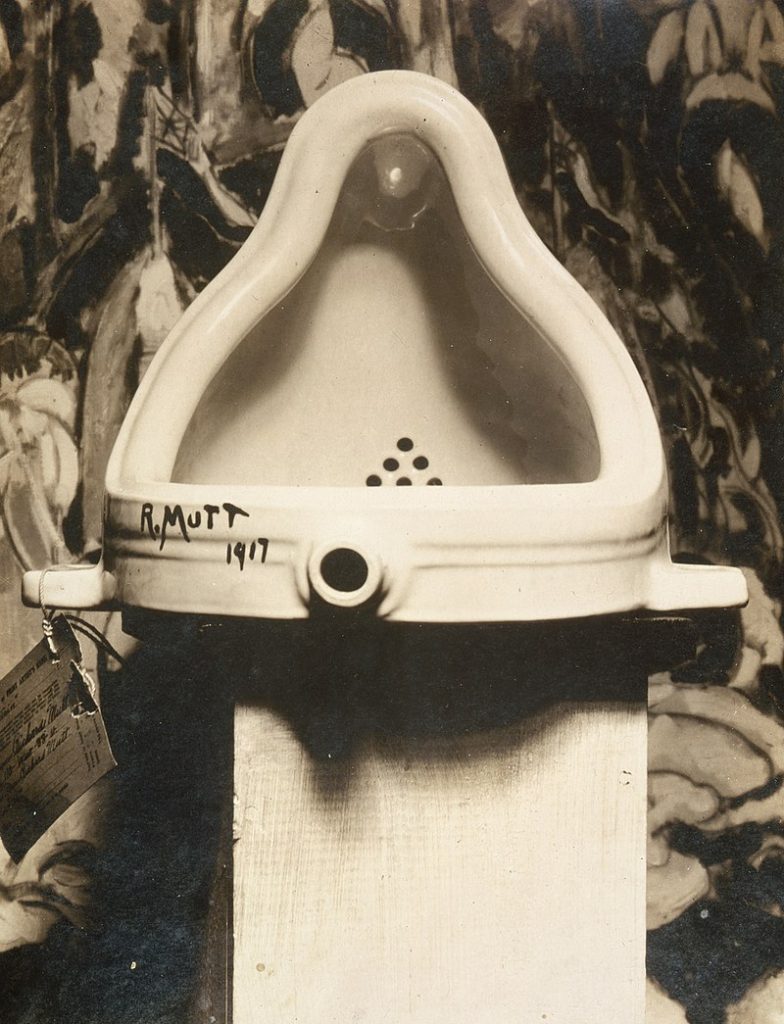
13. Marcel Duchamp’s Urinal as Art
Marcel Duchamp famously submitted a urinal to an art exhibition under the pseudonym “R. Mutt” to challenge the definition of art. It was rejected, but Duchamp’s prank sparked debates that helped shape the modern art movement. Duchamp later created “LHOOQ,” a defaced version of the Mona Lisa with a mustache, adding another iconic moment to his legacy.
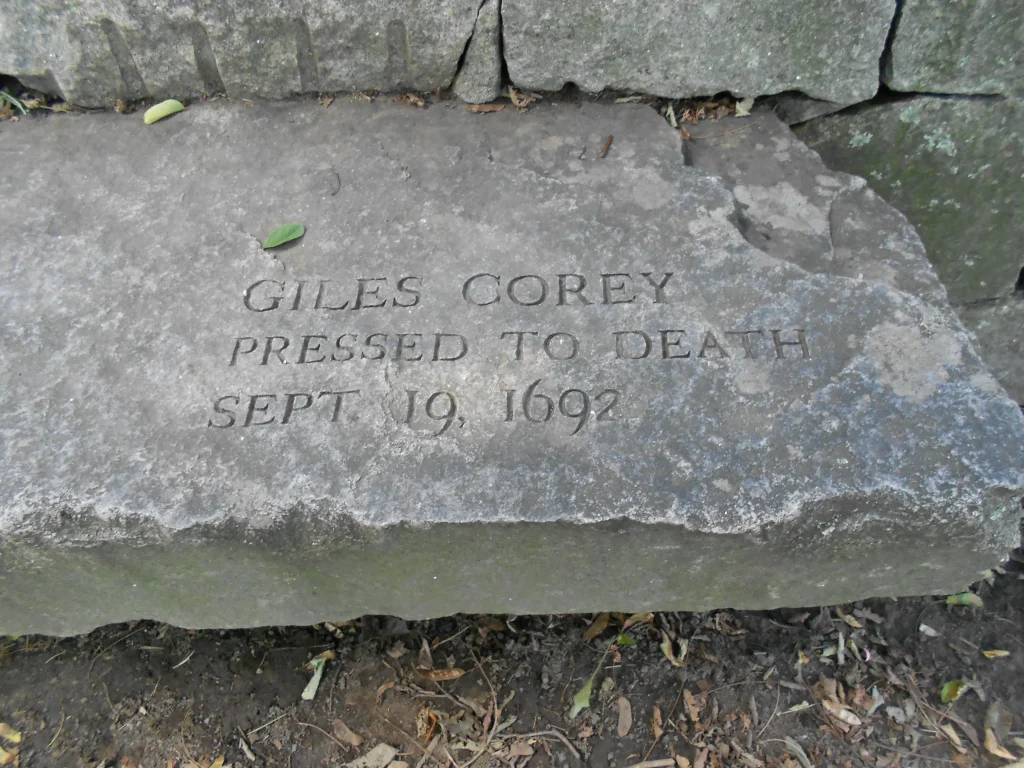
14. Gilles Corey’s “More Weight” Defiance
During the Salem Witch Trials, Gilles Corey, a farmer, was tortured in an attempt to force a confession. Rather than give in, he famously demanded “more weight” as rocks were piled on him. His stoic response to the brutal punishment left a lasting impression on history.

15. Orson Welles’ War of the Worlds
Orson Welles caused a national panic in 1938 with his radio broadcast of War of the Worlds, a fictional report of a Martian invasion. Although only a few listeners truly panicked, newspapers hyped the story, and Welles achieved enduring fame for his dramatic (if unintentional) trolling.

16. George R.R. Martin and His Unfinished Books
Known for his elaborate fantasy series, A Song of Ice and Fire, George R.R. Martin once joked about leaving his series unfinished to keep fans on edge. Fans may still be waiting for the final books, but his self-aware humor has cemented him as a literary troll of sorts.

17. The Ice Troll in Skyrim
Players of The Elder Scrolls V: Skyrim will remember the infamous Ice Troll encounter on the path to High Hrothgar. Set at an early, challenging point in the game, this troll caught many players off guard. It’s widely seen as the game designers’ tongue-in-cheek challenge to players, daring them to get past the beast with minimal resources.
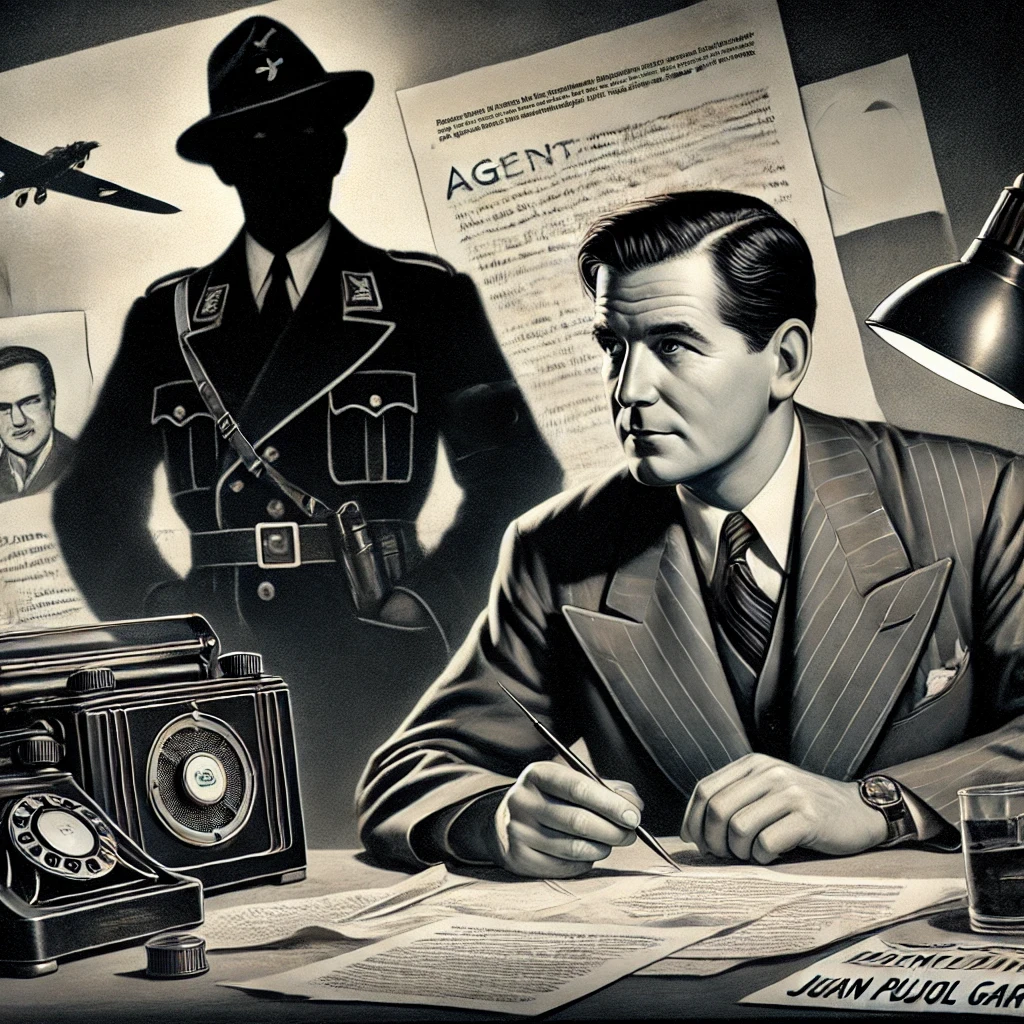
18. Agent Garbo’s Fake Spy Network (Encore)
Agent Garbo deserves a second mention for his intricate double-crossing of the Germans. His false reports and fictional spy ring led to a fictional “death” of one of his agents, complete with an obituary, that convinced the Germans to support the spy’s “widow.”
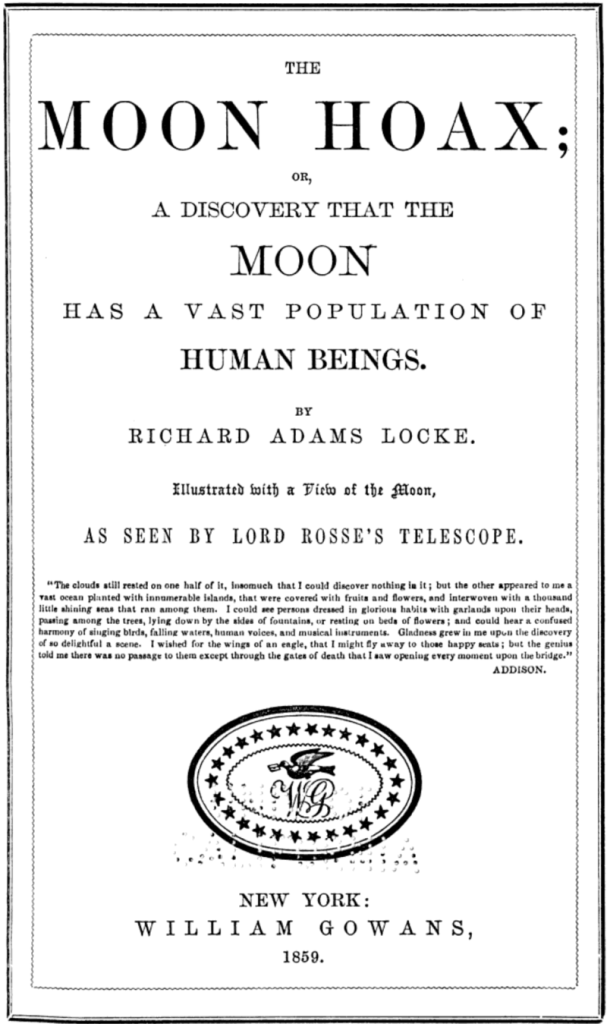
19. The Sun Newspaper’s Moon Hoax
In 1835, the New York Sun newspaper published a series of articles claiming astronomers had discovered life on the moon, including unicorns and winged humanoids. The articles drew massive attention before the paper eventually admitted it was all a hoax, leaving readers astounded by the audacity.
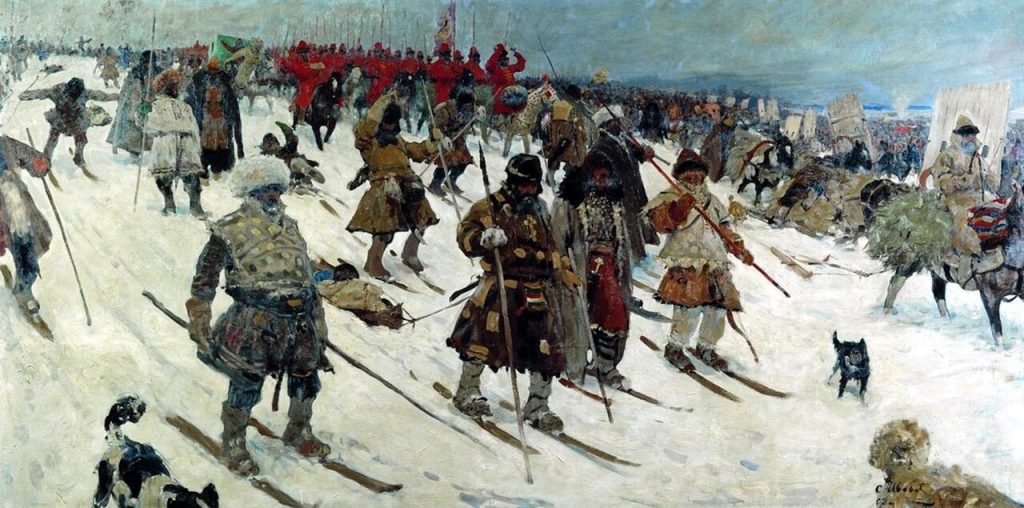
20. Napoleon’s Retreat from Russia
Facing Napoleon’s invasion, the Russians used “trolling” warfare by strategically retreating further into their territory. Napoleon’s army was worn down by distance, weather, and supply shortages, leading to a failed campaign. The Russians’ use of deception and patience led to a legendary failure for the French conqueror.





